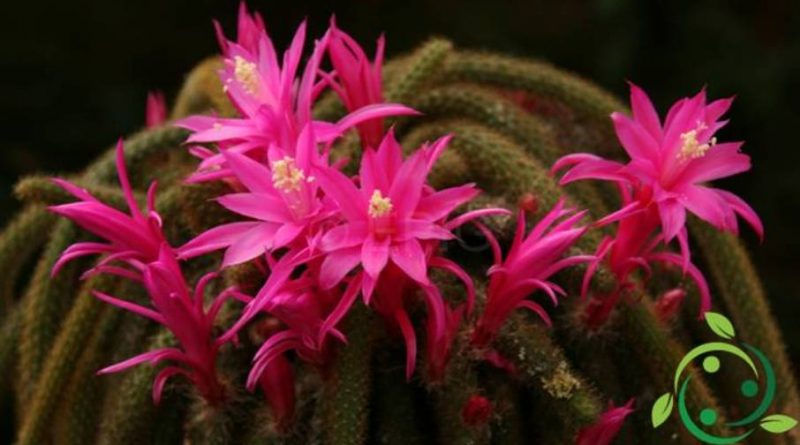How to cultivate the Aporocactus
How to cultivate the Aporocactus
The Aporocactus, also known as mouse tail and foxtail is a succulent plant of the genus Disocactus Lindl., 1845, belonging to the Cactaceae family.
This genus of plants originates from Central America and is particularly widespread in Mexico, Jamaica and Guatemala, where it grows and develops well in tropical forests and jungles.
Includes the following species:
– Disocactus nelsonii;
– Disocactus alatus;
– Disocactus biformis.
It is a plant without thorns but with hair similar to those of the foxtail or mouse, which has a somewhat flat stem and a yellow-green color that produces pink flowers that, in nature, can reach dimensions of the plant itself. Moreover the Aporocactus, even if it has a not too developed root system, produces fleshy stems, pendulous even up to a meter long.
It also produces small, spherical fruits that contain numerous dark seeds.
In this card we will see how to cultivate the Aporocactus following the most suitable agronomic tricks for the good growth of this plant.
For the cultivation of Aporocactus, it should be noted that, like most succulent plants, this species requires sunny places but sheltered from the air currents and with temperatures that never fall below 5 ° C.
The soil to grow this plant must have a pH between 5.0 and 6.0, rich and well drained, preferably mixed with coarse sand or other draining material that favors the drainage of irrigation water.
Irrigation should be done regularly from spring to summer and then reduced to a minimum during the vegetative rest period but keeping the soil just damp. To avoid root rot, it is advisable to always empty the saucer.
If the plant is cultivated in pots, in order to obtain an abundant flowering from the vegetative growth until the autumn it is advisable to administer a specific liquid fertilizer for cacti, once a month appropriately diluted in the water of the watering.
If you are in an area with a hot climate where the temperature never drops below 7-9 ° C, the plant can be grown outdoors and in this case the fertilization must be done with organic substance at the beginning of the spring mixed with the first layers of growing media.
As far as the propagation technique is concerned, one can operate by seed and even better by cuttings.
The reproduction of the Aporocactus by cuttings can be practiced throughout the year even if it is better to carry it out in the spring period.
To carry out this technique a long and healthy stem must be taken, cutting it with a well sharpened knife in portions of about 7 – 10 centimeters that must first be healed in the air in a dry and ventilated place.
It is appropriate that the cutting surfaces of the Aporocactus cuttings be treated with a fungicidal powder and then planted in a pot containing a specific soil for cacti, at a depth of about 2 cm.
We must also take care to place the pots containing the cuttings of Aporocactus in bright places, away from sunlight and with a temperature not lower than 20 – 22 ° C.
During the whole period of rooting, which roughly equals about three weeks, the soil should be kept slightly damp.
Once the cuttings have rooted the new Aporocactus seedlings must be transferred, each with its own bread of earth that wraps the roots, in the final pot and raised as the mother plant.
But remember that being the Aporocactus a very demanding plant of nutrients should be repotted every year in the spring period to provide it with a new substrate well endowed with both macro and microelements.
The vase must have a size a few centimeters larger than the previous one. The plant should be repotted very gently to avoid breaking the stems that are delicate.
Among the adversities and pests of the Aporocactus we remember that the plant is sensitive to the attacks of the cochineal, especially when it is exceeded in nitrogenous fertilizations; it suffers root rot due to water stagnation and consequently also the rot of the stems that become soft and flaccid.
For general care of these plants it is then recommended to periodically remove the dry stems.

